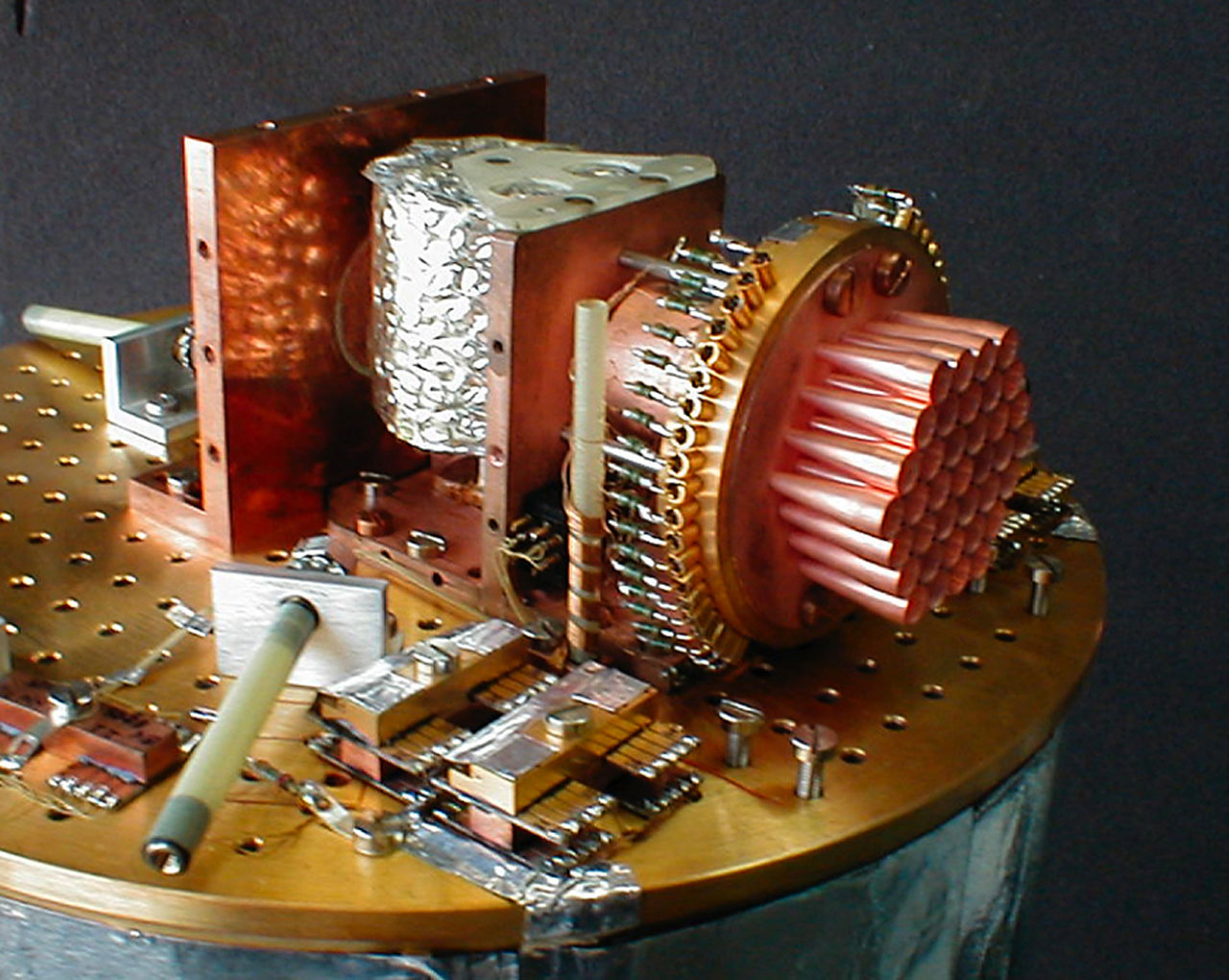SIMBA
SEST IMaging Bolometer Array
SIMBA (SEST IMaging Bolometer Array) was a bolometer — an instrument that measures radio waves — installed at the Swedish-ESO Submillimetre Telescope (SEST) at ESO’s La Silla Observatory. As the first radio imaging instrument in the millimetre range in the southern hemisphere, SIMBA gave astronomers a new way of studying celestial objects in the southern sky. It recorded astronomical images at a wavelength of 1.2 mm and could quickly map large areas of the sky.
Radiation at this wavelength is mostly emitted by cold interstellar dust and ionised gas. While it was in its commissioning phase, researchers used SIMBA to study star formation in dense interstellar nebulae, planet-forming disks around nearby stars, and distant, early galaxies.
The strength of SIMBA lay in the instrument’s ability to quickly map large sky areas. This allowed astronomers to not only take images, but also survey galaxies and star-forming regions. SIMBA used a fast scanning mode to record images. It changed the sky position of the telescope according to a raster pattern, where the telescope scans the sky in rows, allowing a celestial object and the surrounding sky to be “scanned” at a speed of 1.3 degrees per minute. In order to achieve low noise and the best possible sensitivity, the instrument was cooled to 272.85°C (only 0.3ºC above absolute zero).
SIMBA was installed on SEST in 2001 and was decommissioned together with SEST in 2003.
SIMBAThis table lists the global capabilities of the instrument.
|
